Increasing Incidence Rates
The rising incidence rates of necrotizing fasciitis in the US appear to be a significant driver for the necrotizing fasciitis market. Recent data indicates that the annual incidence of this severe infection is approximately 0.4 to 0.8 cases per 100,000 individuals. This increase may be attributed to various factors, including the aging population and the prevalence of diabetes and obesity, which are known risk factors. As more cases are diagnosed, the demand for effective treatment options and healthcare resources is likely to grow, thereby expanding the market. Furthermore, the heightened awareness among healthcare professionals regarding early diagnosis and intervention may contribute to the increasing number of reported cases, further influencing market dynamics.
Rising Demand for Surgical Interventions
The rising demand for surgical interventions in the treatment of necrotizing fasciitis is a notable driver for the necrotizing fasciitis market. Surgical debridement remains a critical component of managing this life-threatening condition, and as awareness of the disease increases, more patients may seek surgical options. Data suggests that surgical intervention is required in approximately 80% of cases to remove necrotic tissue effectively. This trend indicates a potential increase in surgical procedures, which could lead to a corresponding rise in the market for surgical instruments and postoperative care products. The emphasis on timely surgical intervention may also drive innovations in surgical techniques and technologies, further influencing market dynamics.
Technological Advancements in Diagnostics
Technological advancements in diagnostic tools are likely to play a crucial role in shaping the necrotizing fasciitis market. Innovations such as rapid molecular testing and advanced imaging techniques enable healthcare providers to diagnose necrotizing fasciitis more accurately and swiftly. For instance, the use of MRI and CT scans can significantly reduce the time to diagnosis, which is critical for improving patient outcomes. As diagnostic technologies continue to evolve, they may lead to earlier detection and treatment, thereby increasing the overall market size. The integration of artificial intelligence in diagnostic processes also holds potential for enhancing accuracy and efficiency, which could further stimulate growth in the necrotizing fasciitis market.
Enhanced Focus on Infection Control Practices
An enhanced focus on infection control practices within healthcare settings is likely to impact the necrotizing fasciitis market positively. As hospitals and clinics implement stricter infection control protocols, the incidence of hospital-acquired infections may decrease, potentially reducing the cases of necrotizing fasciitis. The Centers for Disease Control and Prevention (CDC) emphasizes the importance of infection prevention strategies, which may lead to improved patient safety and outcomes. This focus on infection control could also drive demand for related products and services, such as antiseptics and sterilization equipment, thereby contributing to the overall growth of the necrotizing fasciitis market.
Growing Investment in Healthcare Infrastructure
The growing investment in healthcare infrastructure in the US is another driver influencing the necrotizing fasciitis market. Increased funding for hospitals and healthcare facilities enhances the capacity to treat complex infections, including necrotizing fasciitis. According to recent reports, healthcare spending in the US is projected to reach approximately $6 trillion by 2027, which may facilitate the development of specialized units for infectious diseases. This investment is likely to improve access to advanced treatment options and specialized care, thereby positively impacting patient outcomes. As healthcare systems strengthen their capabilities, the necrotizing fasciitis market may experience growth due to improved treatment availability and patient management.


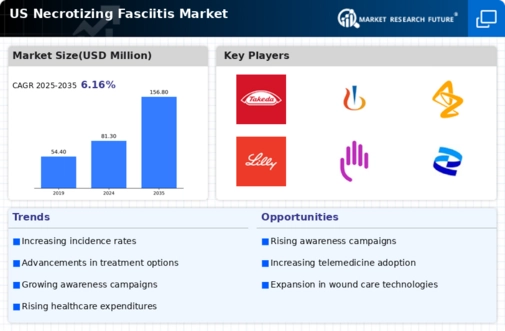
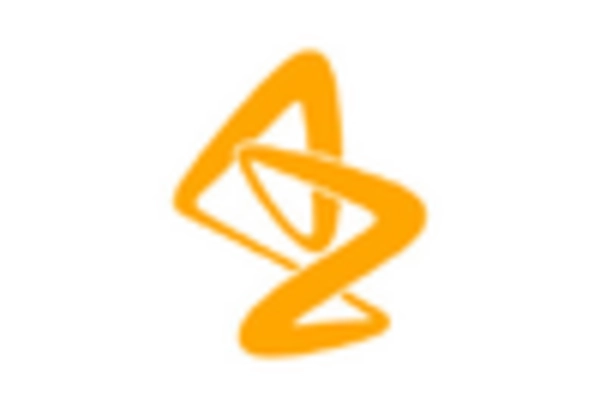
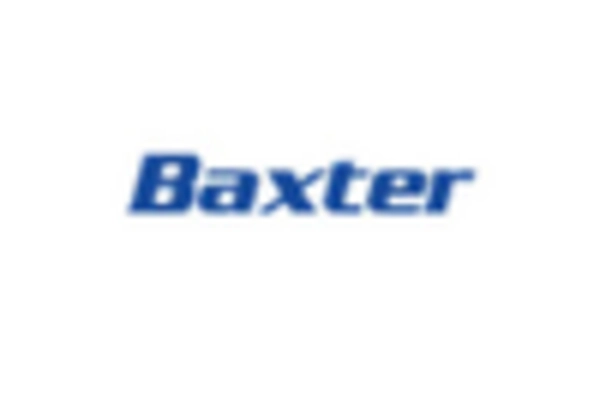

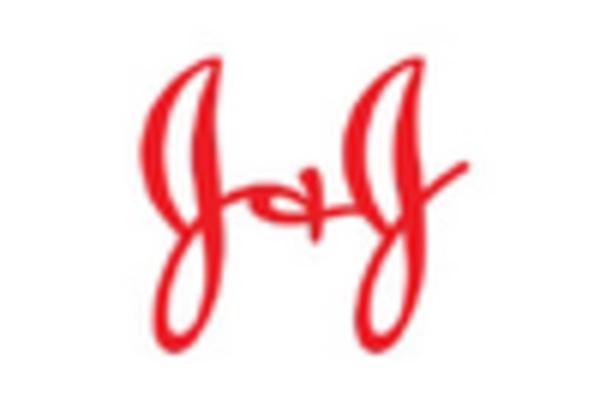
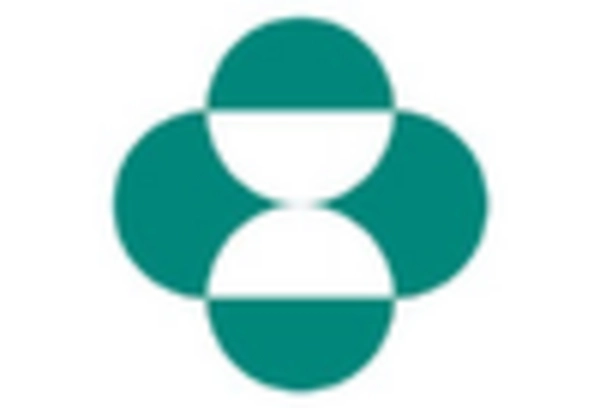
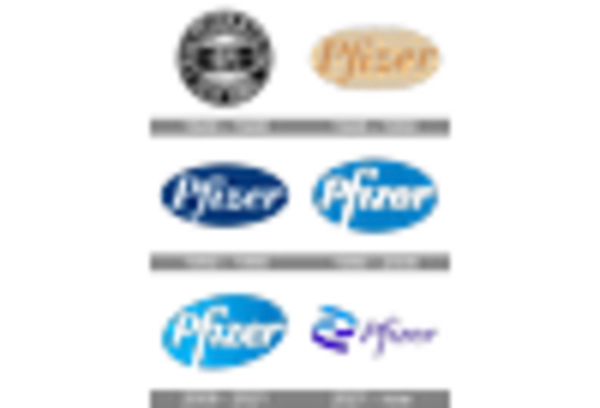








Leave a Comment